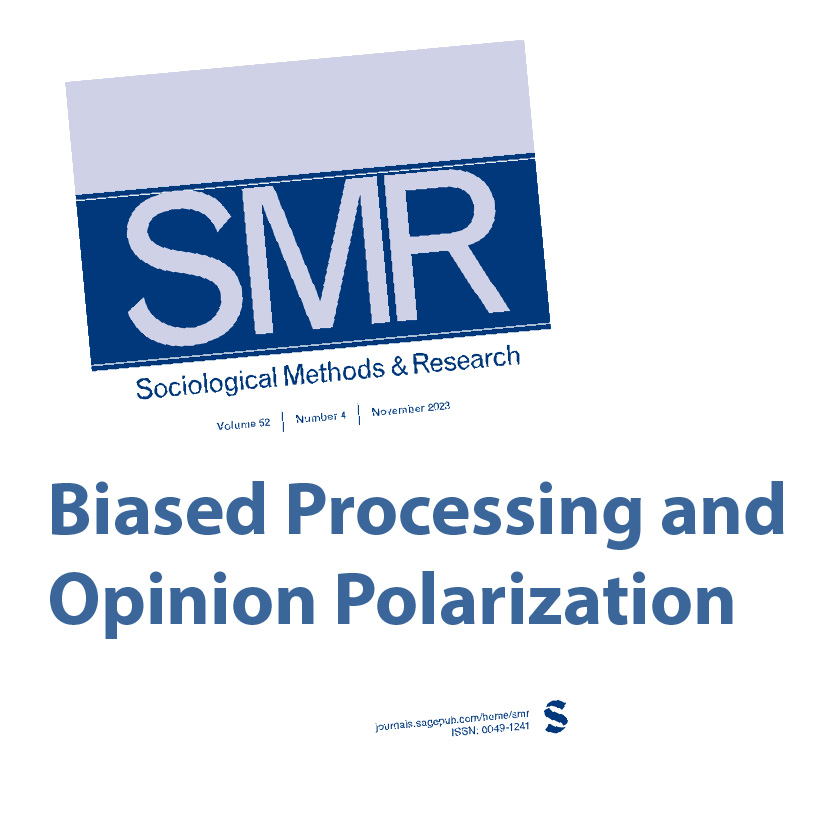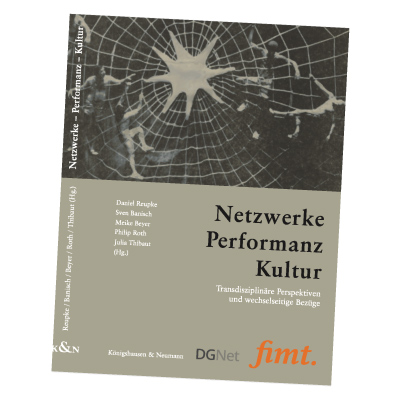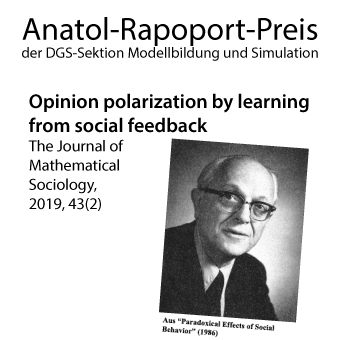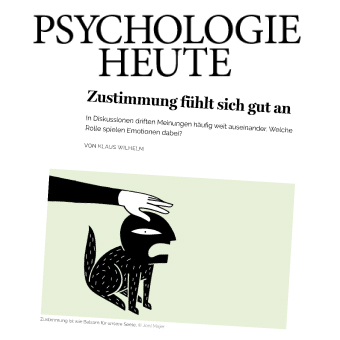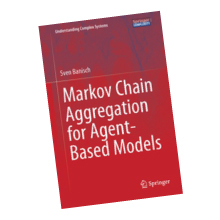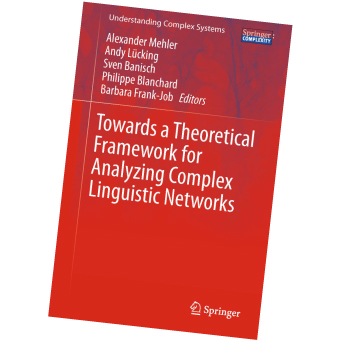Interactive Exploration of Opinion Models
What is the purpose of models? Opinion dynamics is an exciting field which has given rise to the development of a considerable number of models by which agents (ex)change opinions in interaction. The number of different proposals is in fact hard to oversee and, that said, the question of how these models should be used is particularly relevent for the field. One can, on the one hand, develop models that contain as much as possible the different approaches in one encompassing tool in order to facilitate model comparison. On the other hand, models are mostly developed and articulated as addressing how particular assumptions on inter-individual influence processes play out at the macroscopic scales of groups or societies. In order to understand this connection from mechanisms to macroscopic outcomes, it is often more convenient to concentrate on a particular mechanism and provide (interactive) control on the main parameters of opinion formation rules and the agents' social embeddedness. In this demo section, I will provide a series of demonstrations for the interactive exploration of a series of opinion dynamics models that takes an intermediate stance on models as scientific tools. I will present an evolving overview of opinion formation models by embedding them into some of the discourses in the field of opinion dynamics. In this first version I mainly cover my own social feedback models of polarization and models based on argument persuation theory. A collection of previous standard models will follow very soon...
Requirements. All demos linked in this document are developed with the Javascript WebGL engine three.js. They should work in all Browsers with WebGL support. On click, a new window opens with the respective model variant. Note that for some demonstrations it may take a while to load especially when the number of agents is large or their internal structure complex.
 Opinion Polarization by Learning from Social Feedback.
With this model we explore a new mechanism to explain polarization phenomena in opinion dynamics.
Agents evaluate alternative views on the basis of the social feedback obtained on expressing them.
High support of the favored opinion in the social environment, is treated as a positive feedback which reinforces the value associated to this opinion.
In connected networks of sufficiently high modularity, different groups of agents can form strong convictions of competing opinions.
A random spatial graph model has been used to generate an interaction topology with such properties.
The corresponding paper has been published in the Journal of Mathematical Sociology (JMS/link).
Opinion Polarization by Learning from Social Feedback.
With this model we explore a new mechanism to explain polarization phenomena in opinion dynamics.
Agents evaluate alternative views on the basis of the social feedback obtained on expressing them.
High support of the favored opinion in the social environment, is treated as a positive feedback which reinforces the value associated to this opinion.
In connected networks of sufficiently high modularity, different groups of agents can form strong convictions of competing opinions.
A random spatial graph model has been used to generate an interaction topology with such properties.
The corresponding paper has been published in the Journal of Mathematical Sociology (JMS/link).
1. Social Feedback Model with 200 agents (run it)
2. Social Feedback Model with 10000 agents (run it - takes some time to load)
3. Social Feedback Model on the Zachary (1977) Karate Club Network (run it)
 From Attitude Structure to Political Spaces.
Arguments in a discussion often address different aspects of the issue at stake.
But, some of these aspects are also relevant for other issues, which induces correlations between opinions on different issues.
Those correlations could originate from factual interdependencies between the considered processes in the world, but they give also rise to ideologies and group identities which can induce further dependencies on their part.
Many of the classical models of opinion dynamics studied in sociophysics are not able to address these issues.
Drawing upon expectancy-value models in attitude research and the theory of conceptual spaces we developed a multi-level representation of opinions which allows to study of opinion dynamics on multiple interrelated issues.
The model is based on three different ingredients: (1) interacting agents align their views regarding the significance of different argumentative domains; (2) different (partially overlapping) sets of these domains are associated with different political issues and an agent's attitude is a function of the importance assigned to the argument domains and their evaluative relevance for the issues; and (3) agents preferentially interact with other agents that hold similar attitudes.
Under some conditions these combined processes give rise to polarization and reinforce correlations between attitudes towards multiple political issues. (See arxiv)
From Attitude Structure to Political Spaces.
Arguments in a discussion often address different aspects of the issue at stake.
But, some of these aspects are also relevant for other issues, which induces correlations between opinions on different issues.
Those correlations could originate from factual interdependencies between the considered processes in the world, but they give also rise to ideologies and group identities which can induce further dependencies on their part.
Many of the classical models of opinion dynamics studied in sociophysics are not able to address these issues.
Drawing upon expectancy-value models in attitude research and the theory of conceptual spaces we developed a multi-level representation of opinions which allows to study of opinion dynamics on multiple interrelated issues.
The model is based on three different ingredients: (1) interacting agents align their views regarding the significance of different argumentative domains; (2) different (partially overlapping) sets of these domains are associated with different political issues and an agent's attitude is a function of the importance assigned to the argument domains and their evaluative relevance for the issues; and (3) agents preferentially interact with other agents that hold similar attitudes.
Under some conditions these combined processes give rise to polarization and reinforce correlations between attitudes towards multiple political issues. (See arxiv)
1. Argument Communication Model with 1000 agents (run it) (This version accompanies a paper that will appear in JASSS. See the brief guide to the model for how to use the demo.)
2. Argument Communication Model with 5000 agents (run it - time is ok)
 Argument Communication with Biased Processing.
We look at data from an experiment on biased argument processing from the perspective of the cognitive architecture employed in argument communication models of collective opinion formation. The empirical experiment realized in the context of attitudes toward energy reveals a strong tendency to consider arguments aligned with the current attitude more persuasive and to downgrade those speaking against the current attitude. This is integrated into a theoretical model of cognitive agents by assuming that the coherence of an argument with the current attitude controls the probability to adopt it and to change the attitude accordingly. The strength of this bias is included as a free parameter which can be estimated from experimental data. We find a clear signature of moderate biased processing.
This tool allows to explore simulations with interacting cognitive agents that exchange arguments. It relates the opinion distributions emerging in the model to surveyed attitude distributions (coal, gas, wind, photovoltaic, biomass). A good match is found transitory periods of the model and with unbiased external information.
Argument Communication with Biased Processing.
We look at data from an experiment on biased argument processing from the perspective of the cognitive architecture employed in argument communication models of collective opinion formation. The empirical experiment realized in the context of attitudes toward energy reveals a strong tendency to consider arguments aligned with the current attitude more persuasive and to downgrade those speaking against the current attitude. This is integrated into a theoretical model of cognitive agents by assuming that the coherence of an argument with the current attitude controls the probability to adopt it and to change the attitude accordingly. The strength of this bias is included as a free parameter which can be estimated from experimental data. We find a clear signature of moderate biased processing.
This tool allows to explore simulations with interacting cognitive agents that exchange arguments. It relates the opinion distributions emerging in the model to surveyed attitude distributions (coal, gas, wind, photovoltaic, biomass). A good match is found transitory periods of the model and with unbiased external information.



